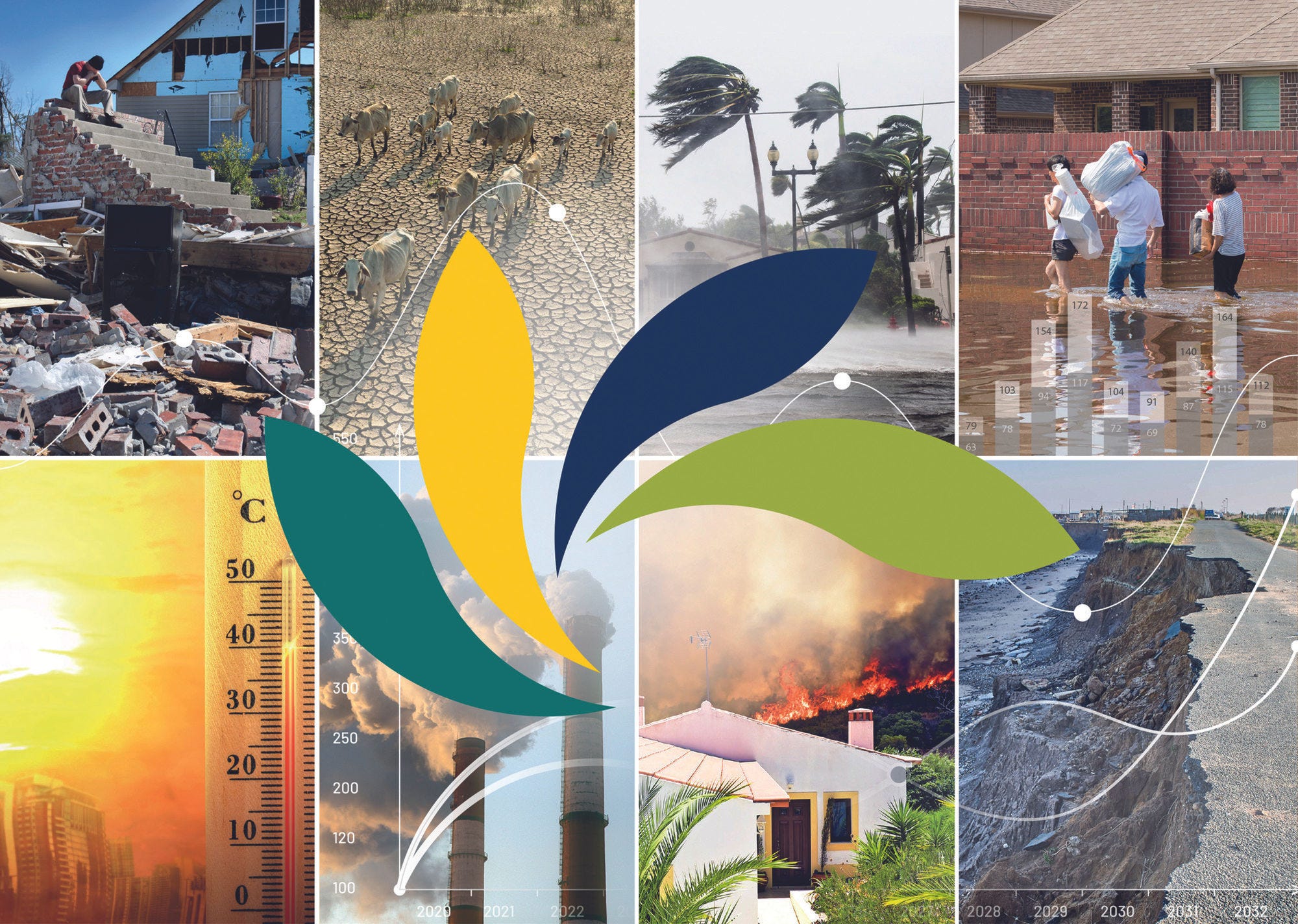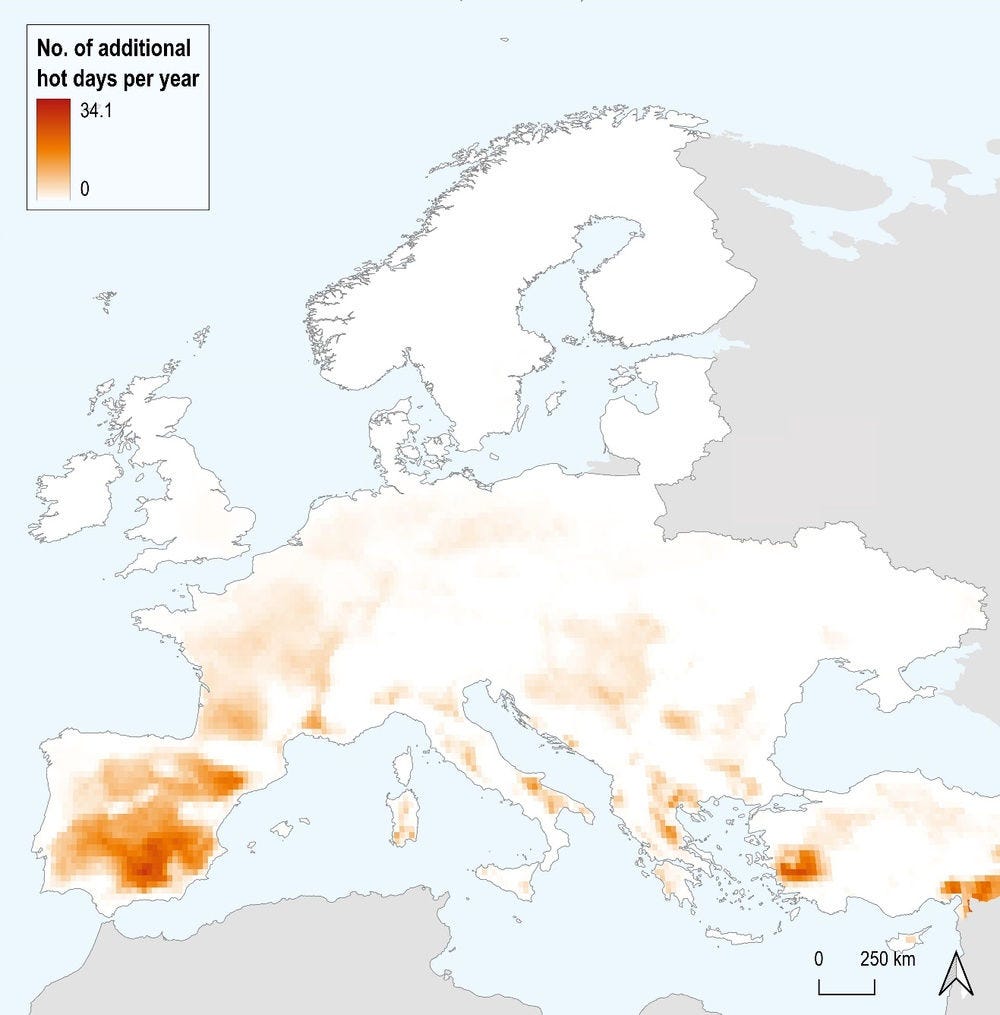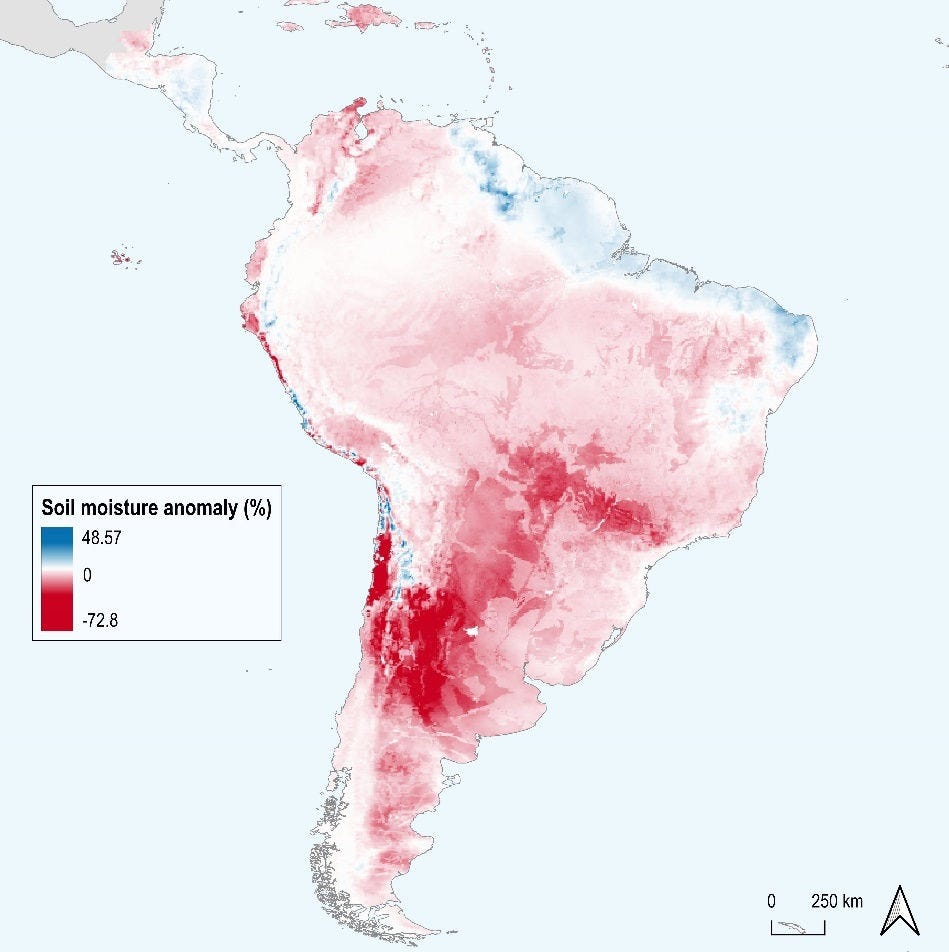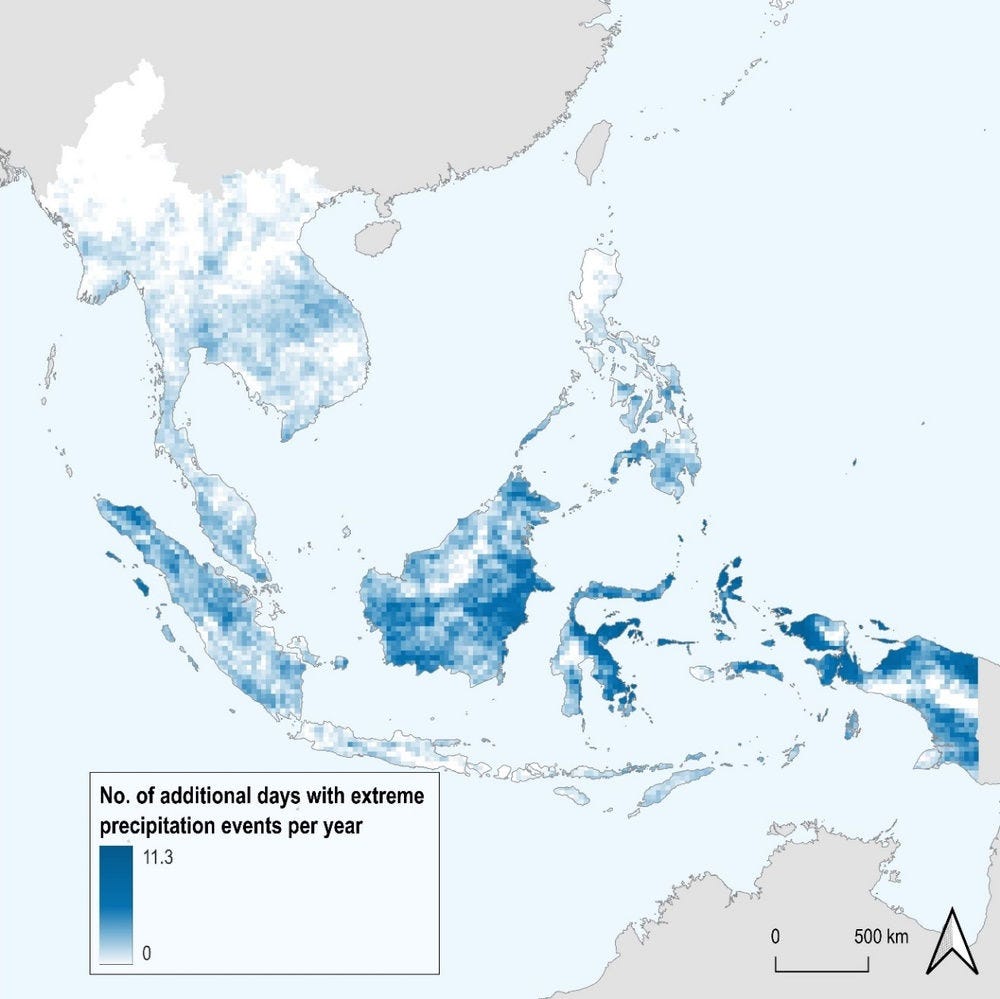The South Asian monsoon season is becoming increasingly unpredictable and less dependable (Fountain, Levitt and White, 2022[38]). The 2023 monsoon season brought more extreme weather events, bringing the heaviest rainfall in decades to northern India, causing rivers to overflow, with flooding and landslides washing away vehicles, destroying bridges and roads, and disrupting power and electricity (The Guardian, 2023[39]). Over 100 people across Himachal Pradesh, Uttar Pradesh, and Delhi died over a two-week period of intense rain and flooding, with thousands of others evacuated to relief camps (Mehrotra, 2023[40]).
Flooding is caused by a combination of factors including extreme precipitation, storm surges, river overflow and increased artificial surfaces. It threatens people’s lives, livelihoods and economic infrastructure. Among the 51 OECD and OECD partner countries, the Netherlands and Hungary have the highest percentage (~20%) of total land area exposed to extreme river flooding. Meanwhile, China is the most exposed country with 22% of its built-up area exposed to river flooding, followed by Latvia (20%) and the Netherlands (18%). In terms of agricultural land exposure, the most affected OECD and OECD partner countries are Hungary, the Netherlands, and the Slovak Republic with more than 17% of their cropland exposed to possible extreme events.8
River flooding can also cause human losses. In 2021, Germany was hit by floods that generated the highest costs caused by a climate extreme event in the post-war period, killing 189 people and causing direct economic damages estimated at 33.1 billion EUR (OECD, 2023[24]). Among OECD and OECD partner countries, populations in Latvia, the Slovak Republic and the Netherlands are the most exposed, with more than 30% of people potentially affected. Due to the sheer size of China (26%) and India (20%), the total number of people exposed in these two countries to river flooding is approx. 670 million (Figure 28).
Low-lying coastal communities face a range of coastal flooding hazards such as storm surges and erosion. These hazards are expected to worsen as climate change increases the frequency and severity of coastal floods. The most exposed countries are the Netherlands, Belgium and Denmark. The Netherlands has 51% of its land area potentially exposed to coastal flooding with a ten-year return period, followed by 6.4% for Belgium and 5.6% for Denmark. However, these figures should be interpreted with caution, as they do not account for existing flood protection measures or sea-level rise. Nevertheless, they underscore the importance of maintaining existing protections to prevent future impacts and the potential economic costs of dealing with climate change.
Built-up area exposure to coastal flooding is increasing. Across OECD and OECD partner countries, the percentage has increased significantly, from 1.8% in 2000 to 2.6% in 2020 (Figure 29). This suggests that additional investment in infrastructure will be necessary, particularly if built‑up area continues to expand in coastal zones. Across OECD and OECD partner countries, the Netherlands has 52% of its built‑up area exposed to coastal flooding, followed by Belgium (10%) and China (6.6%). This is explained by the fact that much of the land along the North Sea coast is either below sea level or just slightly above it, exposing a sizeable amount of the land and its built‑up areas to coastal flooding hazards.





